Scientists calculated the lifespan of celestial objects to figure out how long the universe has before it vanishes and it’s a lot sooner than we thought.
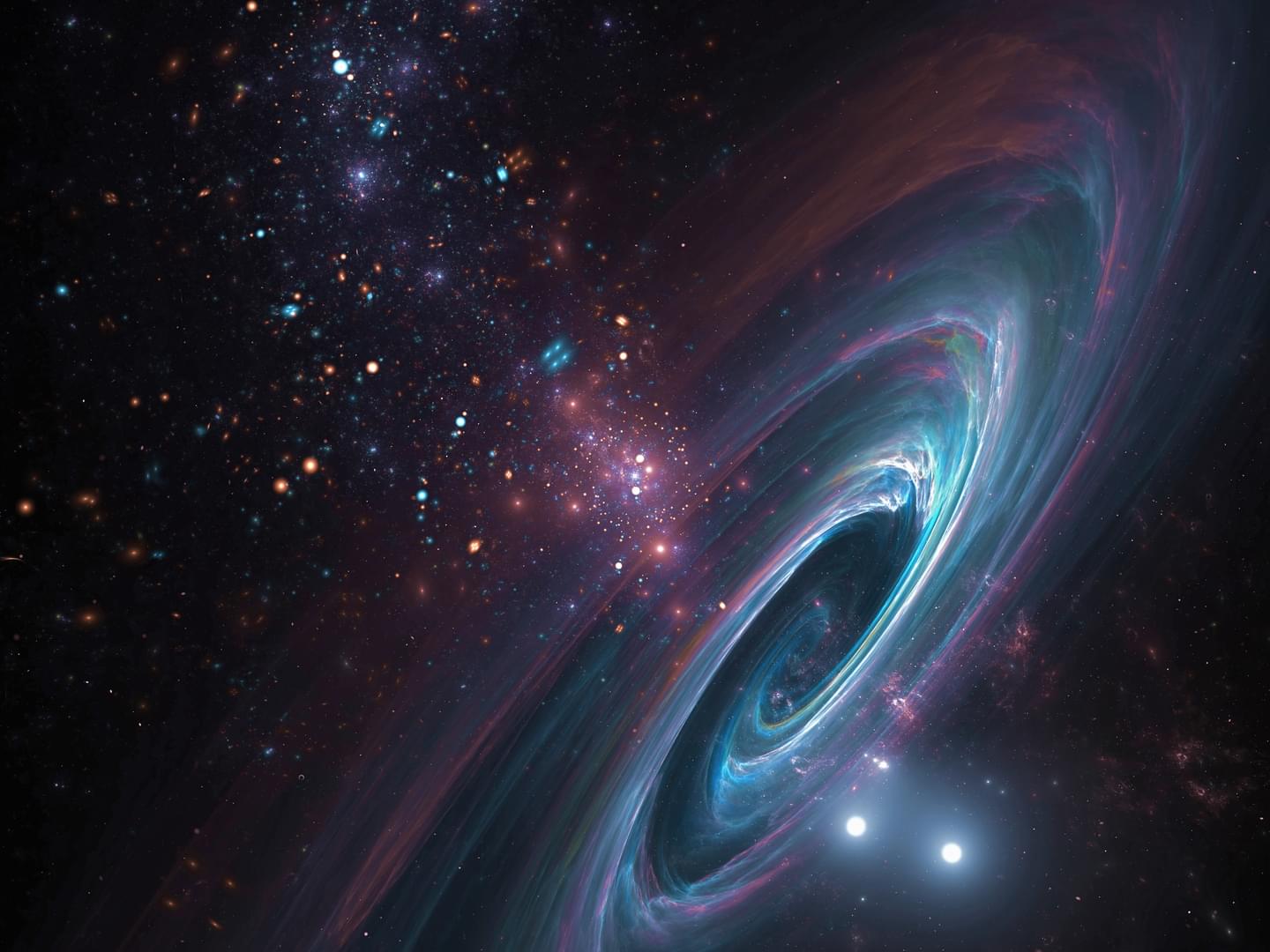

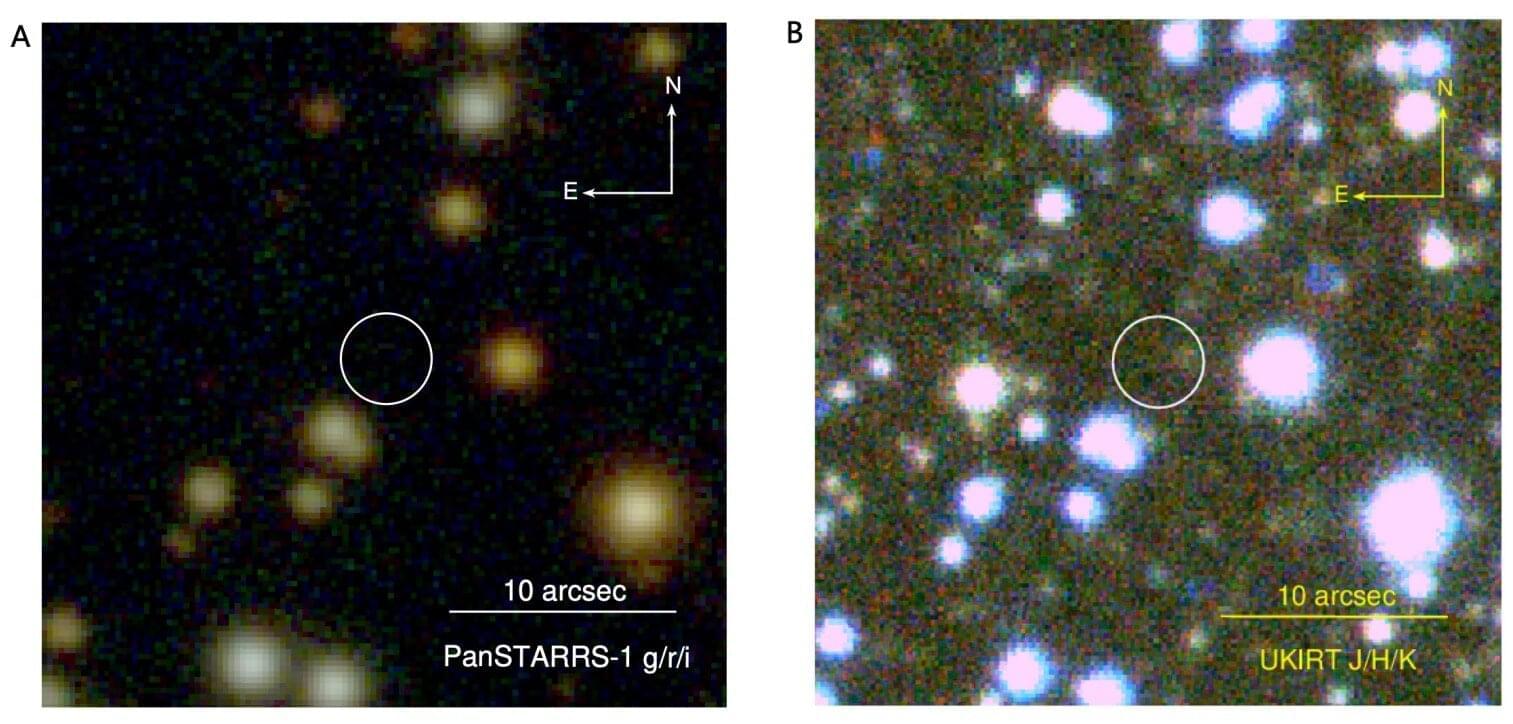
A large team of astronomers and astrophysicists affiliated with several institutions in China has discovered a binary star system, where one of the stars is a millisecond pulsar and the other is made mostly of helium. In their paper published in the journal Science, the group describes how they discovered that a pulsar under study since 2020 had a companion star—one that was gravitationally bound to it.
Researchers on the team first spotted the pulsar back in May of 2020, and soon thereafter noticed that not only did it spin incredibly fast, but for one-sixth of its orbit, its radiation emissions were blocked. That suggested an object was passing between it and Earth. Over the next four years, the team studied the apparent binary system to learn more about its characteristics and confirm that there truly was a second star.
Pulsars are a type of neutron star that emit beams of radiation from their poles. They appear to pulse as viewed from Earth due to their spinning—the radiation signal can only be seen when one of the poles is pointed directly at the Earth.
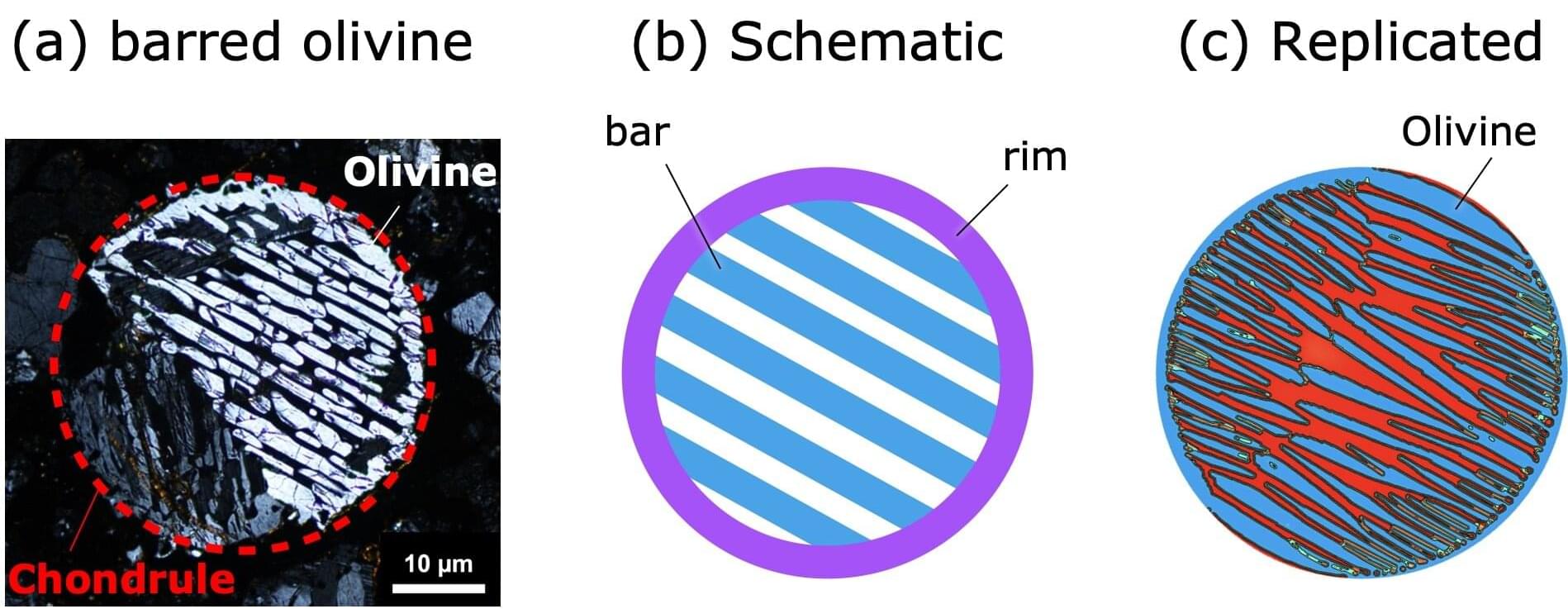
Researchers from Nagoya City University, Tohoku University, and other institutions have used numerical simulations to replicate how a peculiar mineral texture called barred olivine forms inside chondrules—millimeter-sized spherical particles found in meteorites. These chondrules are considered time capsules from the early solar system, and barred olivine is a rare mineral texture not seen in Earth rocks.
The study is published in Science Advances.
Associate Professor Hitoshi Miura of Nagoya City University and the team were the first to reproduce this texture using numerical simulations and theoretically elucidate its formation process.
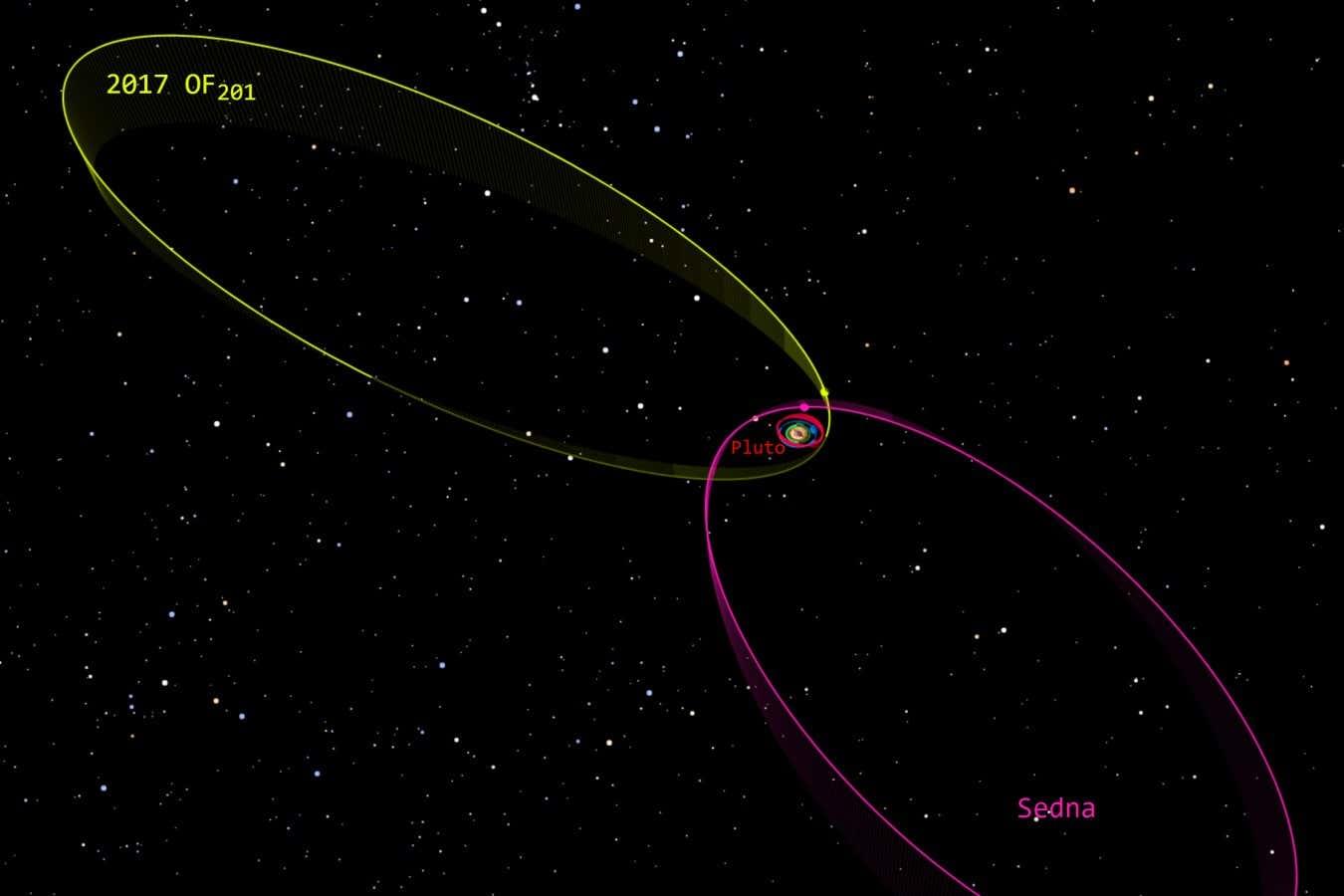

Likened by its creators to an “ornate layered cake,” the Tor Alva has been completed in Switzerland. Hailed as the world’s tallest 3D-printed building, this remarkable structure rises to an impressive height of 30 m (98.5 ft).
Tor Alva (aka White Tower) is located in the small alpine village of Mulegns that’s currently home to just 11 people. It was created by researchers at ETH Zurich, in collaboration with cultural foundation Fundaziun Origen, to show off the capabilities of cutting-edge 3D-printing techniques.
Architect Michael Hansmeyer and ETH Professor of Digital Building Technologies Benjamin Dillenburger designed its actual form, which consists of an intricate structure of 32 white concrete columns that rise over four floors and taper before fanning out to top out with a dome. The interior, meanwhile, has a capacity for 32 visitors and includes stairs on each floor, with a performance space at the top.
Watch THIS Next: https://youtu.be/ijQRVEJezWI
Are you really sure that we are alone in the universe? Imagine that somewhere out there, billions of years ago, a highly advanced civilization existed—and we have no idea about it. Or are we perhaps the first? The first to carry technology, culture, and consciousness into space?

When you put your hand out the window of a moving car, you feel a force pushing against you called drag. This force opposes a moving vehicle, and it’s part of the reason why your car naturally slows to a stop if you take your foot off the gas pedal. But drag doesn’t just slow down cars.
Aerospace engineers are working on using the drag force in space to develop more fuel-efficient spacecraft and missions, deorbit spacecraft without creating as much space junk, and even place probes in orbit around other planets.
Space is not a complete vacuum − at least not all of it. Earth’s atmosphere gets thinner with altitude, but it has enough air to impart a force of drag on orbiting spacecraft, even up to about 620 miles (1,000 kilometers).
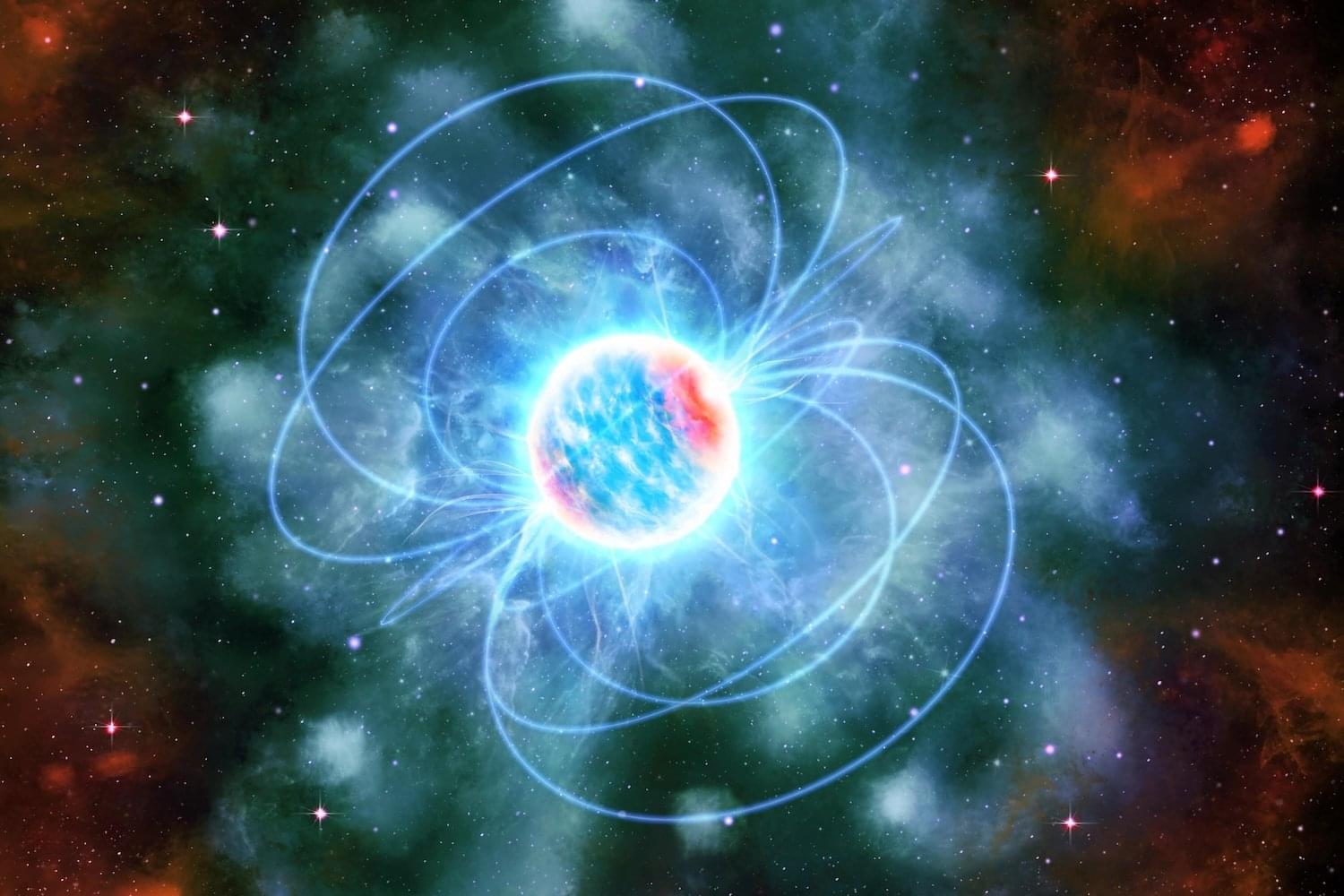
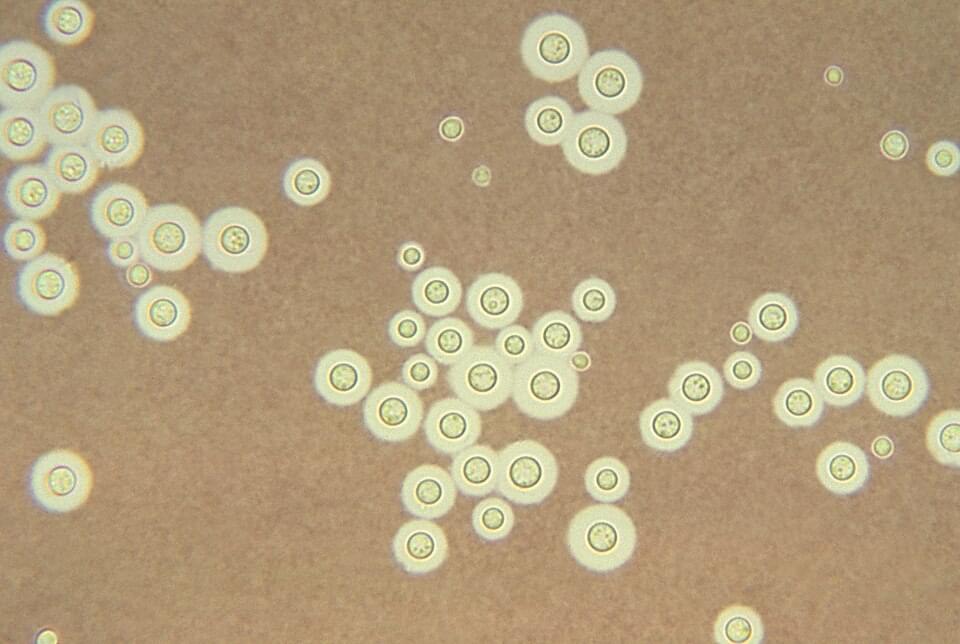
Scientists discover fungus species in Chernobyl nuclear zone have mutated to feed on radiation:
Cryptococcus neoformans, discovered at the site in 1991, feeds on radiation through a process called radiosynthesis. Its high levels of melanin absorb harmful radiation and convert it into chemical energy, much like how plants use photosynthesis to create energy.
NASA scientists, in collaboration with Johns Hopkins University, are now testing melanin extracted from the fungi aboard the International Space Station. ’ If successful, this natural shield could protect astronauts and equipment from cosmic rays, a significant challenge for long-term space exploration. “Space radiation is dangerous and damages matter,” explains researcher Radamés J.B. Cordero. “A material like this could shield astronauts and benefit people here on Earth.” This discovery turns a remnant of a nuclear disaster into a potential lifesaver for humanity’s journey into the cosmos.
Learn more.
Radiotrophic fungi are fungi that can perform the hypothetical biological process called radiosynthesis, which means using ionizing radiation as an energy source to drive metabolism. It has been claimed that radiotrophic fungi have been found in extreme environments such as in the Chernobyl Nuclear Power Plant.
Most radiotrophic fungi use melanin in some capacity to survive. [ 1 ] The process of using radiation and melanin for energy has been termed radiosynthesis, and is thought to be analogous to anaerobic respiration. [ 2 ] However, it is not known if multi-step processes such as photosynthesis or chemosynthesis are used in radiosynthesis or even if radiosynthesis exists in living organisms.
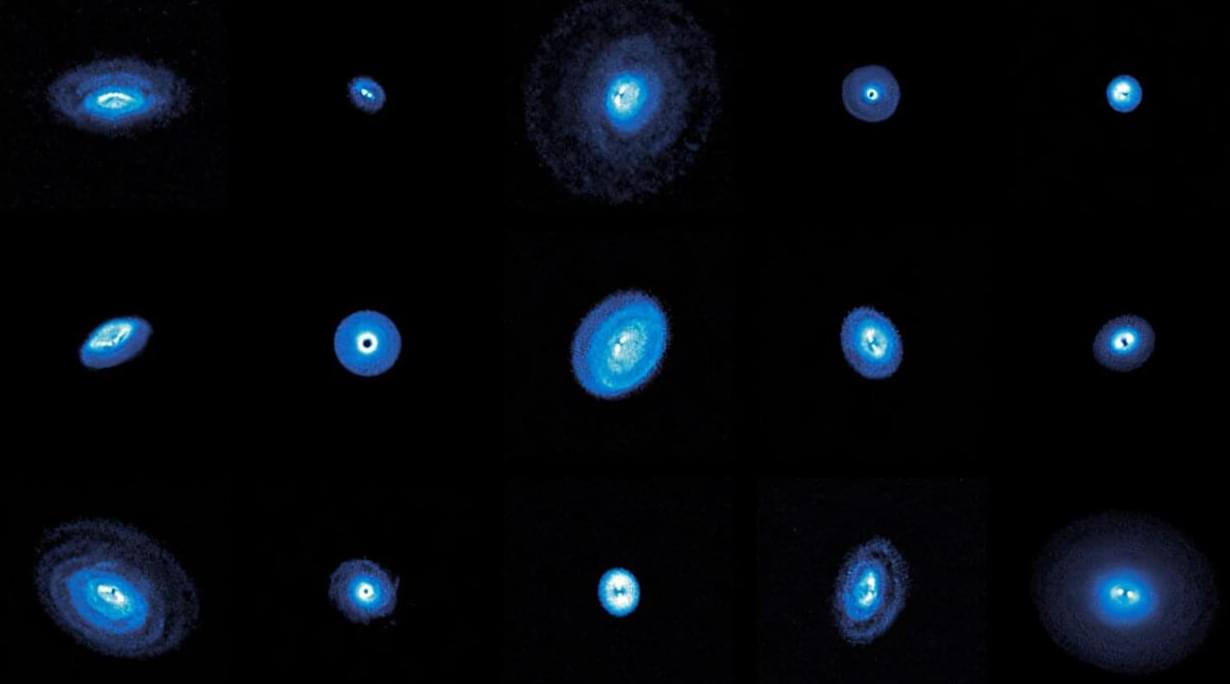
A team of international astronomers led by Richard Teague, the Kerr-McGee Career Development Professor in the Department of Earth, Atmospheric and Planetary Sciences (EAPS), has gathered the most sensitive and detailed observations of 15 protoplanetary disks to date, giving the astronomy community a new look at the mechanisms of early planetary formation.
“The new approaches we’ve developed to gather this data and images are like switching from reading glasses to high-powered binoculars—they reveal a whole new level of detail in these planet-forming systems,” says Teague.
Their open-access findings were published in a special collection of 17 papers in The Astrophysical Journal Letters, with several more coming out this summer. The report sheds light on a breadth of questions, including ways to calculate the mass of a disk by measuring its gravitational influence and extracting rotational velocity profiles to a precision of meters per second.